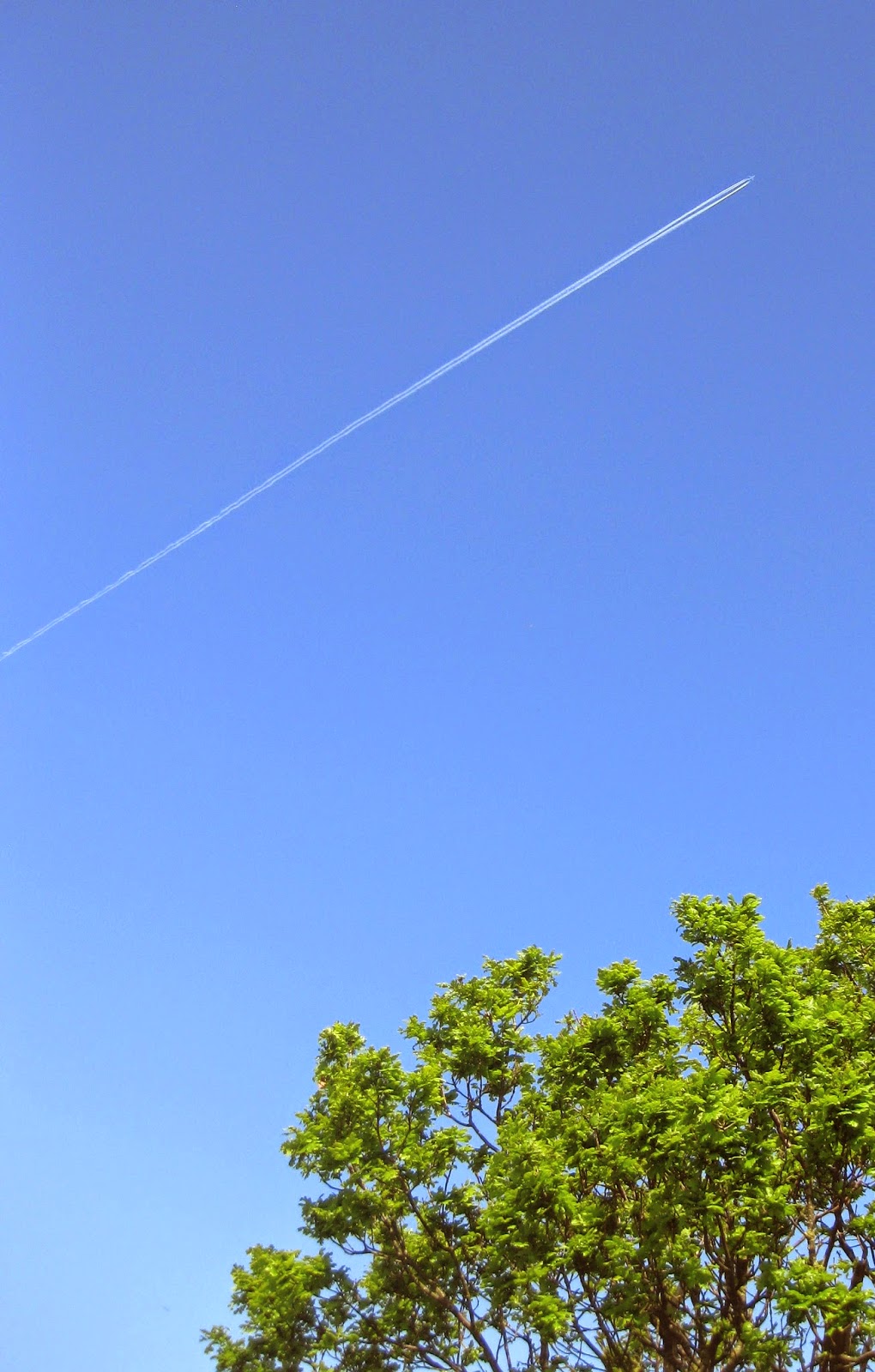I don't know about gilding the lily, but how do you gild gold? Or, to put it another way, how on earth do I quilt the gold border on the wallhanging I am currently making and which is finally nearing completion?
The Beast is more than capable of managing the inner, stained-glass-style section. But he is too much of an animal to be allowed to trample all over my wonderful, expensive Cloth of Gold. My own hand-quilting skills are even less to be trusted.
 |
| The Wilton Diptych 1395-99, artist unknown |
I explained my quandary to a textile friend - not a quilter - who came at the issue from a completely fresh angle. Given that I took as one of my sources medieval books of hours and altarpieces, I should look at the Wilton Diptych, she suggested, and see how the artist had treated the large areas of gold.
It was complete serendipity that this conversation took place in a Pret a Manger overlooking the National Gallery - the sort of thing that only happens in Hollywood films set in London where every significant encounter happens in front of an iconic tourist attraction and all the characters, even those on meagre salaries, live in Notting Hill, Soho or Bloomsbury Square. So we finished our coffee and hastened past the lions of Trafalgar Square, into the Sainsbury Wing and up the stairs to "Paintings 1250-1500". And there was the Wilton Diptych; rather smaller than I remembered but just as glorious.
 |
| The Battle of San Romano, detail, Paulo Uccello, 1435-60 |
It is fascinating looking at works of art with a narrow focus (I once attended a guided tour of National Gallery paintings exploring the changing significance of white fabric drapery, sheets and clothing). We whizzed past numerous paintings looking only at the gold backgrounds. And what did we find? The large areas of gold on the diptych itself were filled with tiny repeated patterns, indented into the gold leaf and gesso with, presumably, a small metal stamp. Other pictures displayed the same technique, used mainly for the intricate, highly decorative halos. Even when tempera was beginning to give way to oil and religious scenes to battles - as in one of my favourite paintings, Uccello's The Battle of San Romano - the stamped decoration was still in evidence.
 |
| Coronation of the Virgin, detail, Lorenzo Monaco, 1407-09 |
All very lovely, but somewhat impractical. Then I found the solution in a delicately patterned garment worn by the Virgin Mary in Lorenzo Monaco's Coronation of the Virgin: simple clusters of spots repeated at intervals across the surface. Once I had seen that motif, I began to find variations everywhere, in groups of three, four, five and seven, and I was away...
Executed in gold beads - thanks to the delicious Bead Shop in Covent Garden (in a movie, we would have hailed a passing black cab from the steps of the National Gallery to get there) - backed by not-too-shiny gold sequins, the effect is decorative but discreet. As a bonus, it is easy to sew.
My life may not be a Woody Allen film (my neuroses are all rather mundane and I don't have the right clothes) but I have once again been reminded by this small foray how extraordinarily rich in opportunities London, with its free museums and specialist shops, can be.
P.S: Added a couple of weeks later, here is the result .....
 |
| Detail of beads and sequins on gold border |








